On April 1, 2015, Tony Arsenal, Gordon-Conwell Theological Seminary graduate “announced” his conversion to Eastern Orthodoxy. See “From Geneva to Constantinople — The Eastern Orthodox Arsenal.” He writes:
As many of you know, I have a deep love for the early Church. My theological passions circle around the related doctrines of Triadology and Christology, and I have recently become disillusioned with the insufficiency of the modern Reformed bodies in these areas. . . . . Read more.
Orthodox Fools for Christ
There is in Orthodoxy’s spirituality the tradition of “fools for Christ.” What may seem at first glance to be bizarre has biblical roots. Apostle Paul writes:
We are fools for Christ’s sake, but you are wise in Christ! We are weak, but you are strong! You are distinguished, but we are dishonored! (1 Corinthians 4:10; OSB)
The tradition of holy fools points to the radical message of the Cross and reminds us of the radical difference between the kingdom of God and the kingdom of the present age.
For the wisdom of this world is foolishness with God. For it is written, “He catches the wise in their own craftiness.” (1 Corinthians 3:19; OSB)
There is the temptation in today’s society to be cool, to be respectable, to go with the flow but the Lenten journey to Christ’s humiliation, crucifixion, and his resurrection all remind us of a divine wisdom that challenges the wisdom of the world.
But the natural man does not receive the things of the Spirit of God, for they are foolishness to him; nor can he know them, because they are spiritually discerned. (1 Corinthians 2:14; OSB)
Thus “becoming fools” is part of Christian discipleship.
Let no one deceive himself. If anyone among you seems to be wise in this age, let him become a fool that he may become wise. (1 Corinthians 3:18; emphasis added; OSB)
Some Christians have taken these verses literally and used them to express a particular type of Christian discipleship. Keep in mind that this is not a form of mental illness but an intentional form of Christian discipleship. In the blog CityDesert article “Fools for Christ” is a concise explanation of this seemingly outrageous form of spirituality.
One form of the ascetic Christian life is called foolishness for the sake of Christ. The fool-for-Christ set for himself the task of battling within himself the root of all sin, pride. In order to accomplish this he took on an unusual style of life, appearing as someone bereft of his mental faculties, thus bringing upon himself the ridicule of others. In addition he exposed the evil in the world through metaphorical and symbolic words and actions. He took this ascetic endeavor upon himself in order to humble himself and to also more effectively influence others, since most people respond to the usual ordinary sermon with indifference.
Basil the Fool
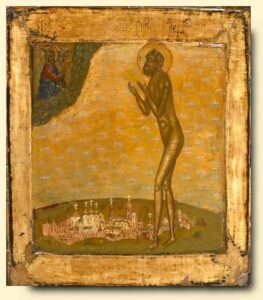
Basil the Fool for Christ. Source
One of Russia’s important saints is Basil the Fool. He lived in the days of Ivan the Terrible and one occasion rebuked the Czar for not paying attention to the sermon during the Divine Liturgy. On other occasions Basil rebuked the Czar for his violence against innocent people. When Basil died the Czar acted as pallbearer and carried his coffin to the cemetery. The icon depicts Basil’s nakedness which demonstrated his utter destitution and the severity of his asceticism. Basil is credited with a number of miracles. It is believed that by his prayers the city of Moscow was spared from invasion by the Crieman Khan, Mukhamed-Girey.
Today, many people who visit Basil’s Cathedral in Moscow are unaware that this famous church building was named after a Fool for Christ.
Wishing you all a blessed April Fools Day!
Robert Arakaki

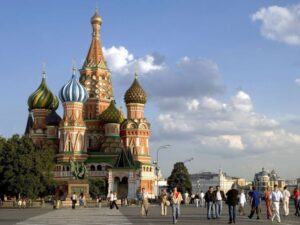


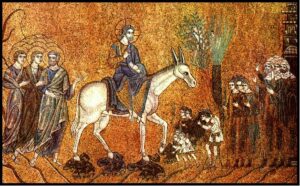

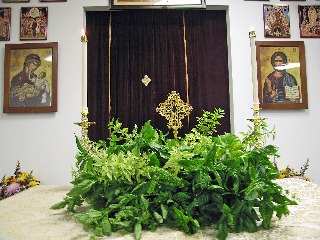
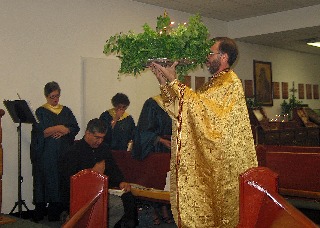
Recent Comments